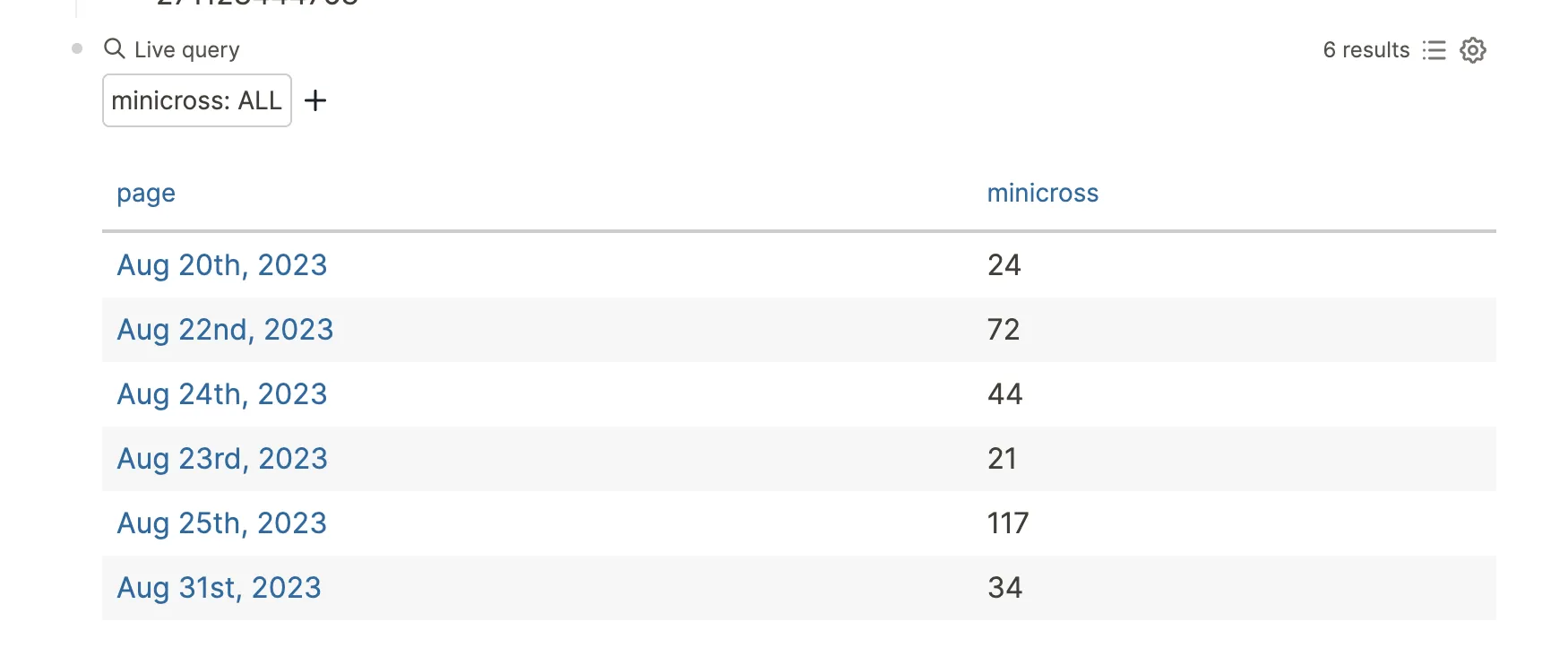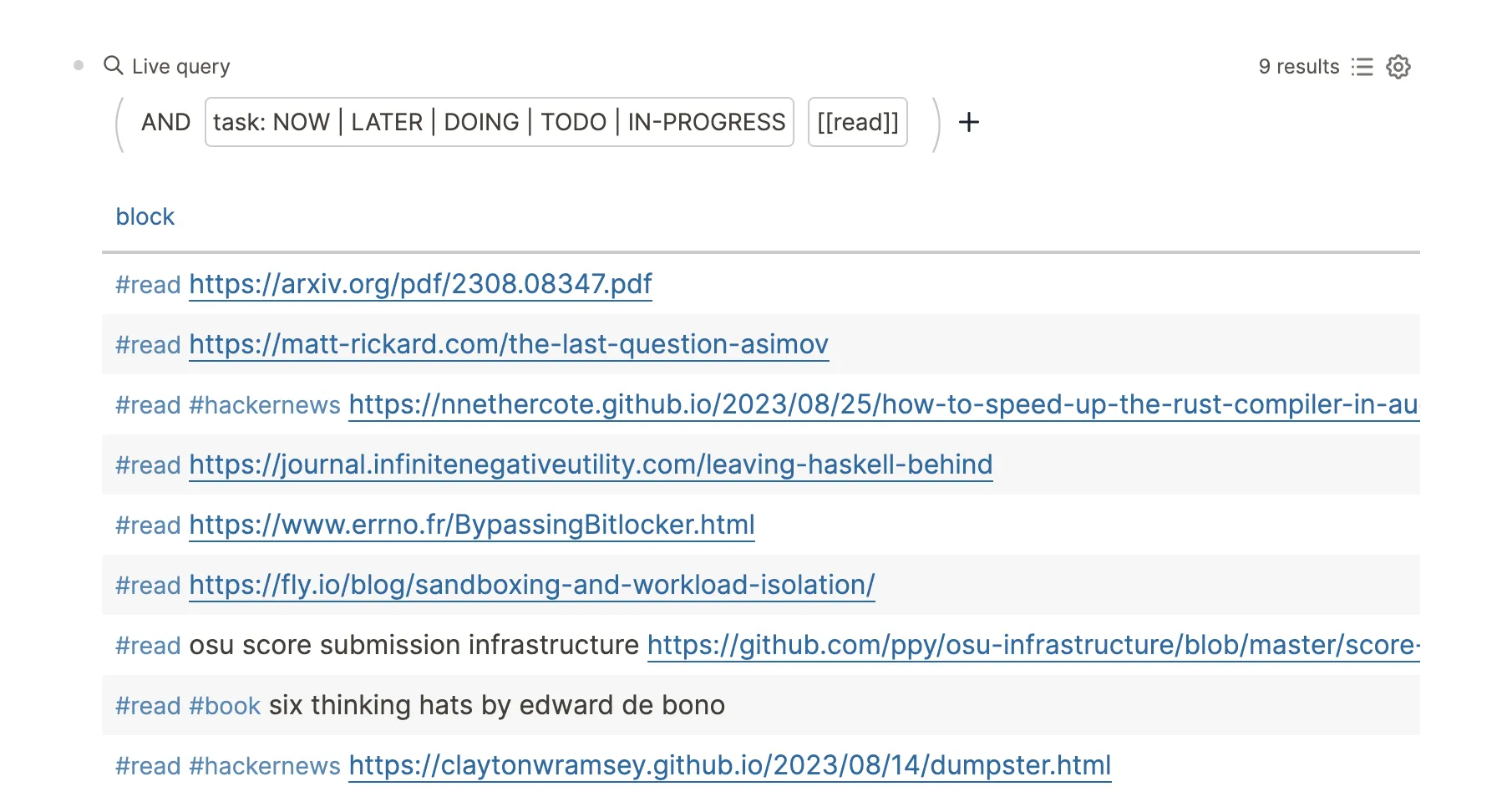Many people don’t really use a calendar of any sort to manage their lives.
I get it. Putting events into a calendar is kind of a chore. It’s a menial relic from work and none of us want to even think about creating events during our coveted personal hours. We want to live our lives free from the constraints of the time boxes on our screens.
On top of that, traditional calendar apps still primarily use email for the most part (sending invites, updating times, etc.) and the new generation of calendar apps suffer from the social network problem of having to get everyone on the same app.
But to some extent, it’s still valuable to have things down in writing rather than juggling it in our minds all the time.
Which is why it’s such a shame that the personal management story has always been kind of fragmented. Calendars are supposed to manage the entire picture of my personal schedule, yet they only see a small slice of your life. The only things calendars can see automatically with no intervention on my part are emails that are sent from airlines.
[!admonition: NOTE] I’m sure Google or Apple could probably ritz up their services to scan text and guess events to put on your calendar, but that’s missing the point. The vast majority of people I associate with rarely coordinate events over email in the first place.
Journals
For a while I’ve always wanted a kind of personal information manager: something that would put all my information in one place and make it easy for me to query across apps. When I embarked on this search I wouldn’t have thought that the most promising tool would end up being a journaling app.
(by journaling app I mean something like Logseq, Obsidian, Notion, Workflowy or the million other similar apps that allow you to write some markdown-ish content, store it, and then never look back at it again)
The world of journaling apps is vast but relatively undiverse. Most of the apps just have the same features others do, minus one or two gimmicks that makes it a ride or die. But there’s one important feature that I have started looking out for recently: the ability to attach arbitrary metadata to journal entries and be able to query for them.
While new apps have been cropping up from time to time for a while now, I think a common trend that’s starting to emerge is that these “journals” are really more like personal databases. Extracting structured fields is extremely important if you want any kind of smart understanding of what is being journaled.
For example, I could write “weighed in at 135 pounds today”, but if I wanted to find previous instances of this or make any kind of history, I would have to essentially do a pure text search. However, with structured data this could be different.
Logseq, the app that I’ve settled on, is backed by a real database, and most importantly exposes a lot of this functionality to you as a user. It allows you to query directly on properties that you write into your daily journal or any other page, for example like this:

What you’re seeing is me using my daily journals to add a todo item for reading a paper and tracking how long it takes me to do the NY Times daily crossword (which I’ve shortened to minicross). I just add these to my journal as it comes up throughout my day, but Logseq is able to index this and serve it back to me in a very structured way:

With this, I could go on to construct a graph and see historical data of how I did over time. You can see how this could be used for more personal tracking things like workout records or grocery trackers.
The query tool is very simple and easy to learn, and makes it easy to actually
use the information you wrote down, instead of just burying it into oblivion.
For example, I can write todo items inline in my journal and find them all at a
time as well. Here’s all of the todo items that I’ve tagged specifically with
the tag #read:

Notice how the paper I added as a todo helpfully shows up here. No need for a separate todo list or planning tool!
The fact that it truly is a database means I can just shove all kinds of unrelated information into my journal, do some very trivial labeling and get some really powerful uses out of it.
In the future I’d like to do dumps for my sleep and health data as well and have Logseq be my ultimate source of truth. I’ve started developing a calendar plugin for Logseq that will have the ability to display numerical data using various visualizations for this purpose.
[!admonition: NOTE] As an aside, this isn’t sponsored in any way. While this post makes me sound like just a Logseq shill, it’s actually quite the opposite: they’re an open-source project solely funded by donations. I’ve been donating to them monthly on Open Collective and they’ve been actively developing really cool features!
Privacy
Because people are dumping so much of their lives into journals, it’s absolutely crucial that boundaries are clear. Without control, this would be a dream come true for any data collection company: rather than having to go out and gather the data, users are entering and structuring it all by themselves.
End-to-end encryption is a technique that ensures data is never able to be accessed by your storage or synchronization providers. If you are in the market for some kind of personal tracking app, make sure it talks about end-to-end encryption as a feature. While it’s not the end-all-be-all of security, it’s certainly a big first step. Do careful research before deciding who to trust with your data.